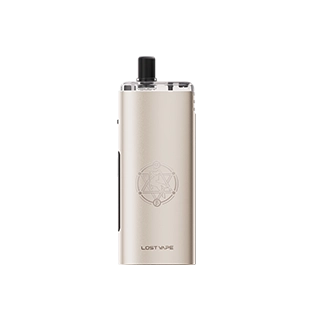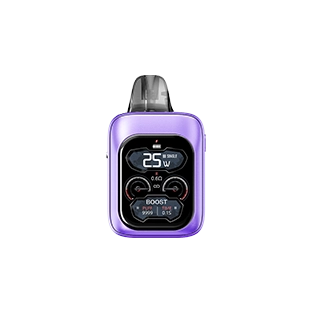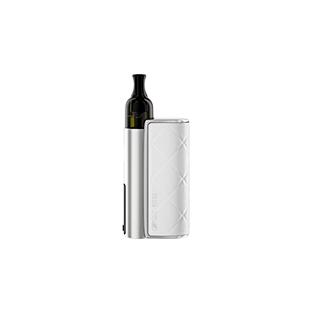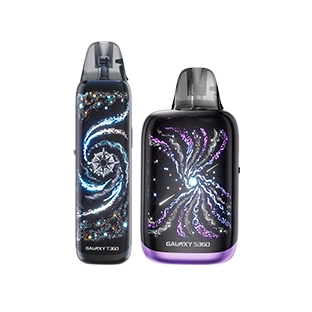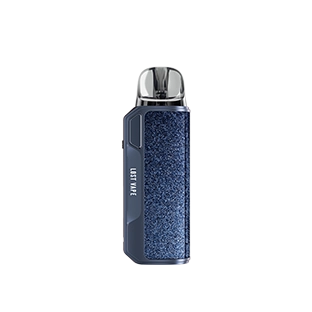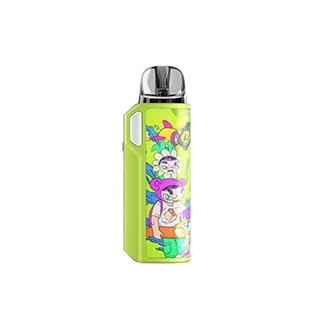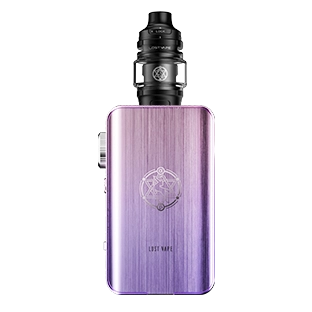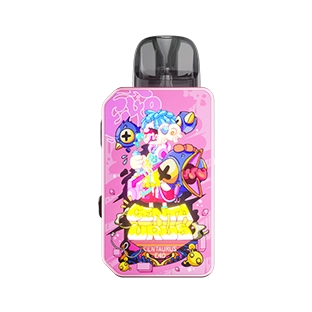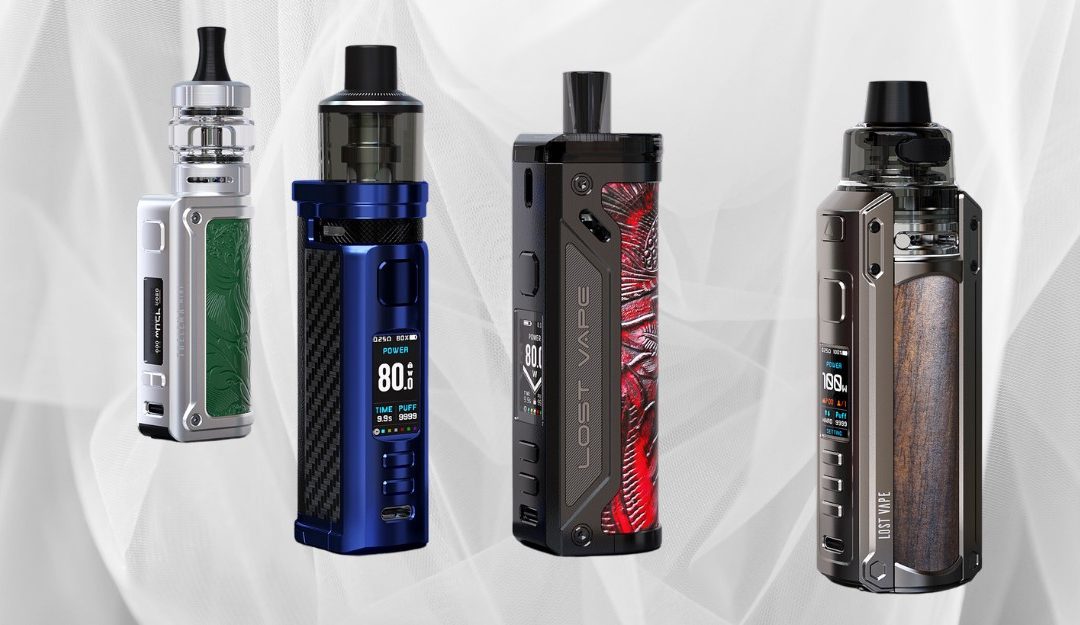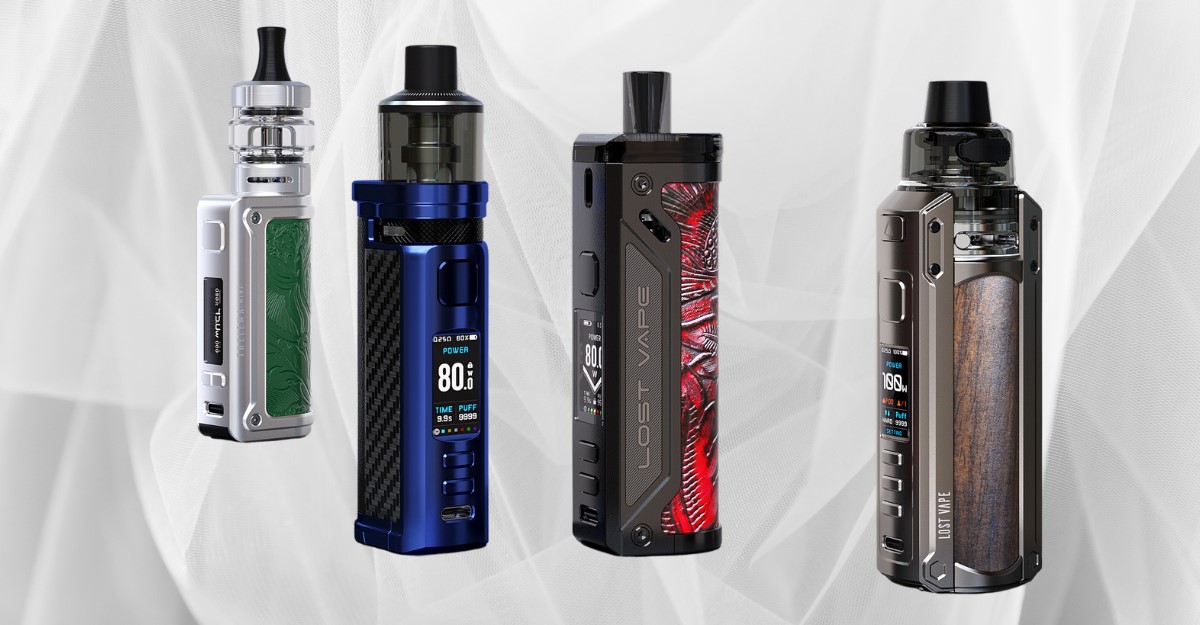
May 8, 2025 / Blog / By administrator
Pod Mod Overheating Causes and Cooling Tips
Pod Mod overheat because batteries, coils, and airflow channels are integrated within their compact bodies. Heat is generated in all processes that convert electrical energy to thermal energy, primarily within the coils and batteries at high currents. Internal temperatures rise when heat generation outpaces heat dissipation through airflow, wiring, and body materials.
Pod Mod overheating not only degrades battery health but also affects coil durability and the integrity of the vape taste. Overheating can cause the cotton wick to burn, produce a burnt smell, and damage the sealant, leading to leaks or shorts. The balance between heat generated by coil resistance, heat generated by battery discharge, and the device’s ability to dissipate heat can lay the foundation for effectively diagnosing and resolving Pod Mod overheating issues.
Pod Mod High Wattage and Coil Resistance
One of the leading causes of Pod Mod overheating is the combination of low resistance coils and high power settings. When vapers push the Pod Mod to 40W-80W using a 0.3 Ω mesh coil, the device must output high currents, which significantly strains the battery and coil components.
Under such loads, coil temperatures can quickly spike in milliseconds, causing the e-liquid to evaporate faster than the airflow can cool it. The surrounding mod chassis absorbs this heat. If the pod mod lacks an efficient heat sink or adequate ventilation, heat can build up, causing internal temperatures to rise and potentially triggering a thermal cutoff. To mitigate this, users should match the coil resistance to the appropriate wattage range and avoid pushing the mod to maximum sustained output for long periods.
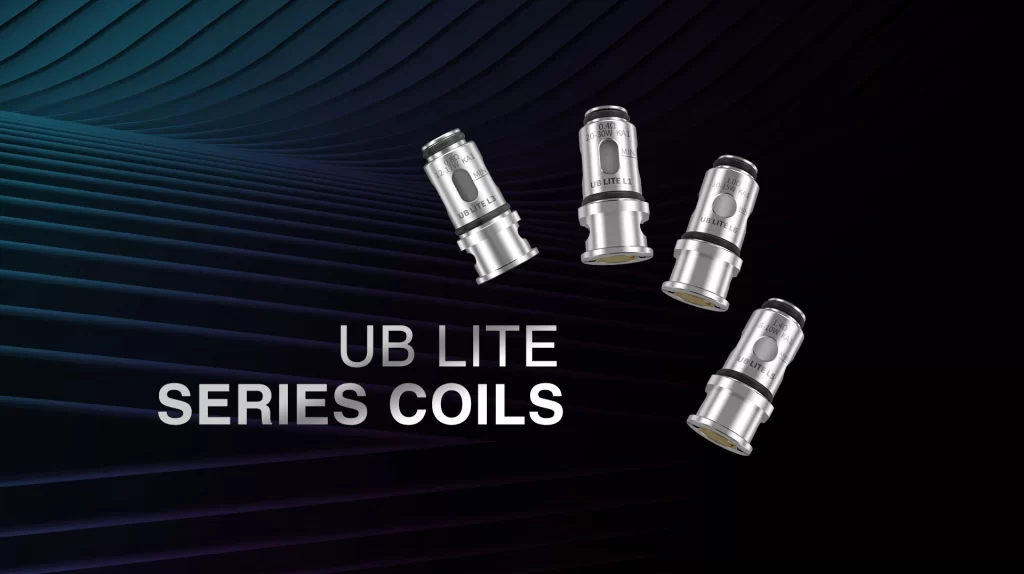
Inadequate Airflow and Its Effect on Cooling
Airflow plays a critical role in the heat dissipation of a pod mod. Most designs direct airflow through the coil to cool the heating element and deliver vapor to the mouthpiece. You dramatically reduce cooling capabilities when you restrict airflow by over-closing the airflow slots or using a too-tight drip tip. Less airflow transfers less convective heat from the coil, which results in higher sustained temperatures after each puff.
To combat this, vapers can adjust the pod mod’s airflow ring to a wider opening during heavy use or use a wider-caliber drip tip to facilitate airflow. Additionally, allowing longer puffs between puffs to allow the coil chamber to cool down can prevent heat buildup and reduce the risk of overheating.
Pod Mod Battery Discharge Rates and Thermal Stress
Pod Mod batteries are another heat source, especially when discharged at high rates to support low-resistance coils and high-power vaping. Batteries generate heat internally due to their internal resistance – higher current draws exacerbate this. With high-power pod mods, it is common to see continuous current draws of 15-20 A from a single battery, which can cause battery temperatures to exceed safe thresholds.
To optimize battery-related heating, users should select batteries rated for high continuous discharge currents and avoid forcing the mod to output currents that exceed the battery’s ability to supply safely. Of course, we still recommend that vapers follow best practices: charge at recommended currents, avoid deep discharges below 20% charge, and let pod mod devices rest between high-intensity use.
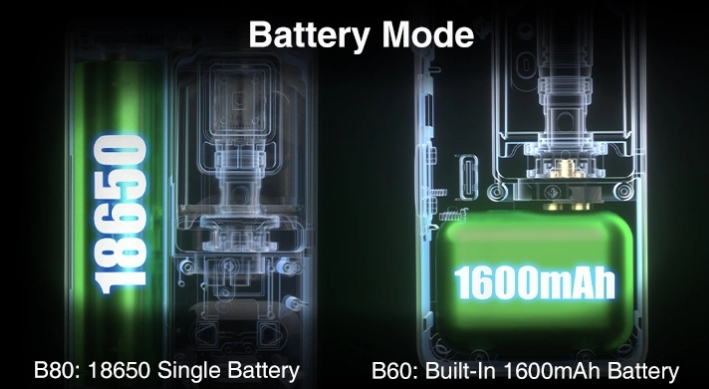
Maintenance Practices to Control Overheating
Regular maintenance is critical to preventing pod mods from overheating due to component degradation. E-liquid residue can accumulate on airflow paths, coil holders, and battery contacts, impeding airflow and increasing resistance. Regularly clearing airflow paths with compressed air or cotton swabs, cleaning connectors with isopropyl alcohol, and inspecting coils for splatters can restore original airflow and electrical efficiency. Coil replacement intervals directly affect thermal performance: aging coils create hot spots and require more power to achieve the same vapor output. When users notice a decrease in flavor, longer heat-up times, or a stronger draw, they should replace the coil, as these conditions indicate damaged and inefficient insulation.
Use advanced cooling tips to improve your experience.
Solving Pod Mod overheating requires matching coil resistance and power, optimizing airflow settings, selecting high-discharge rate batteries, using external cooling technology, and diligent maintenance. By understanding the root causes and applying these targeted cooling tips, e-cigarette users can enjoy a longer, safer experience with consistent flavor and vapor quality.

